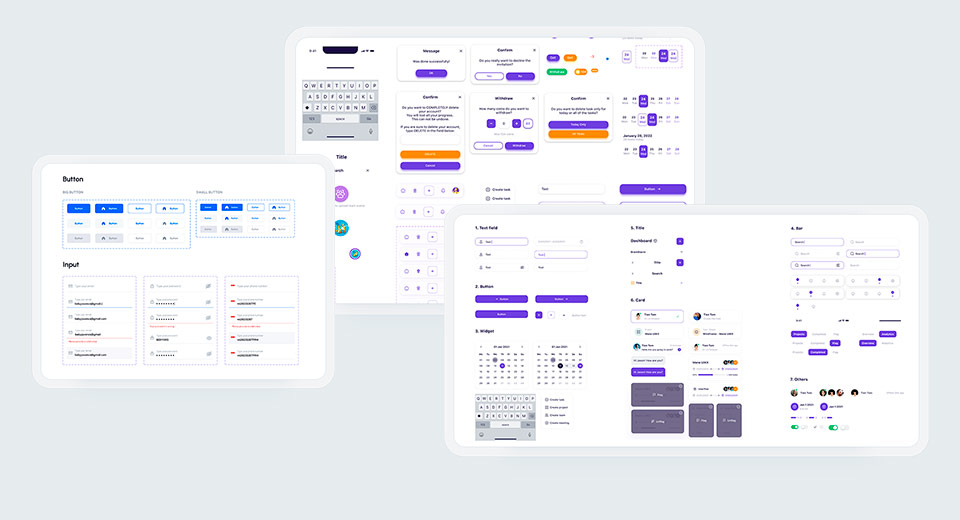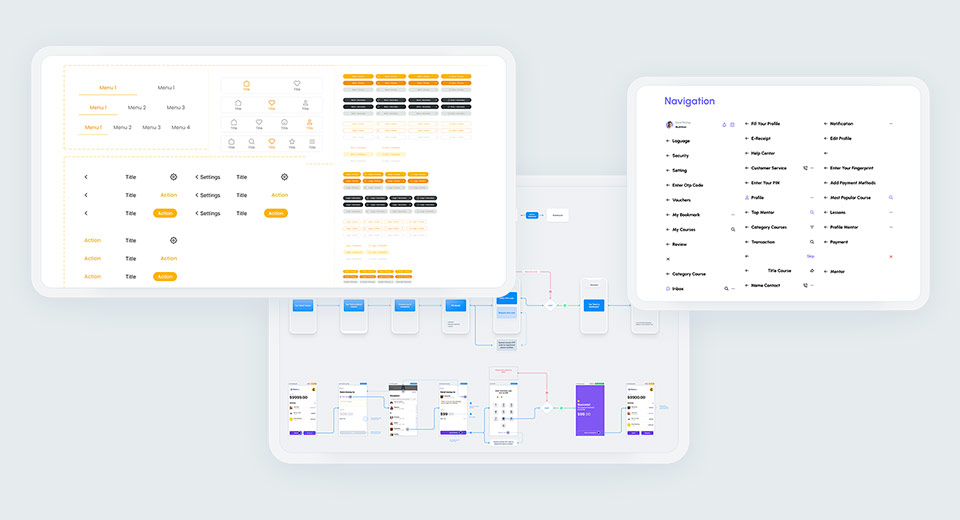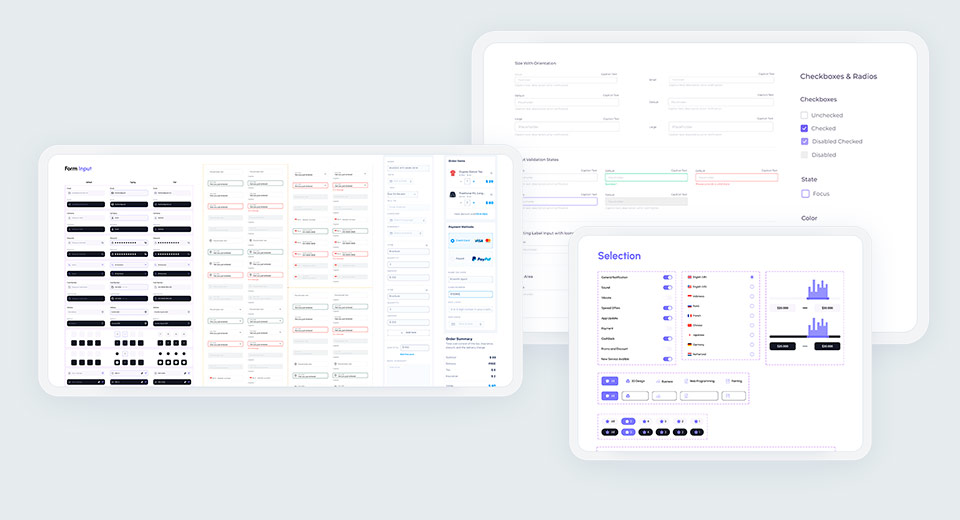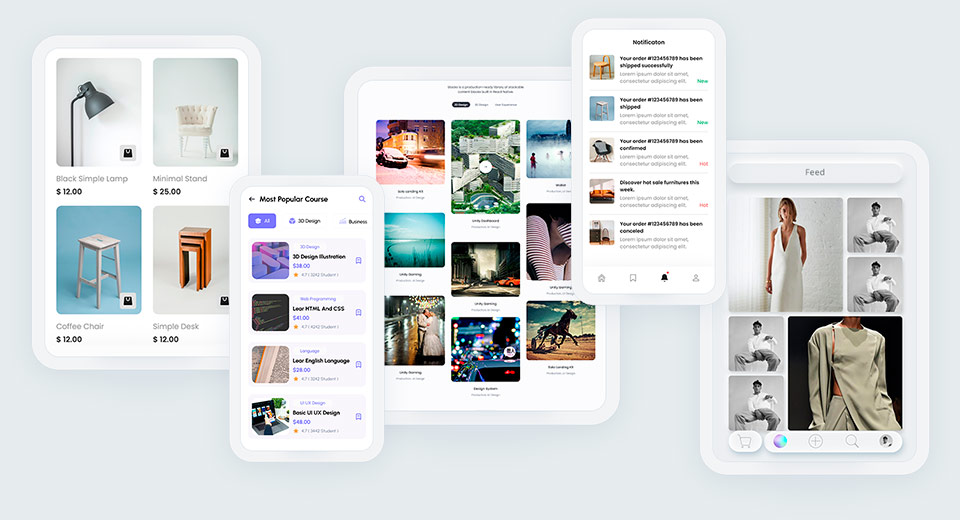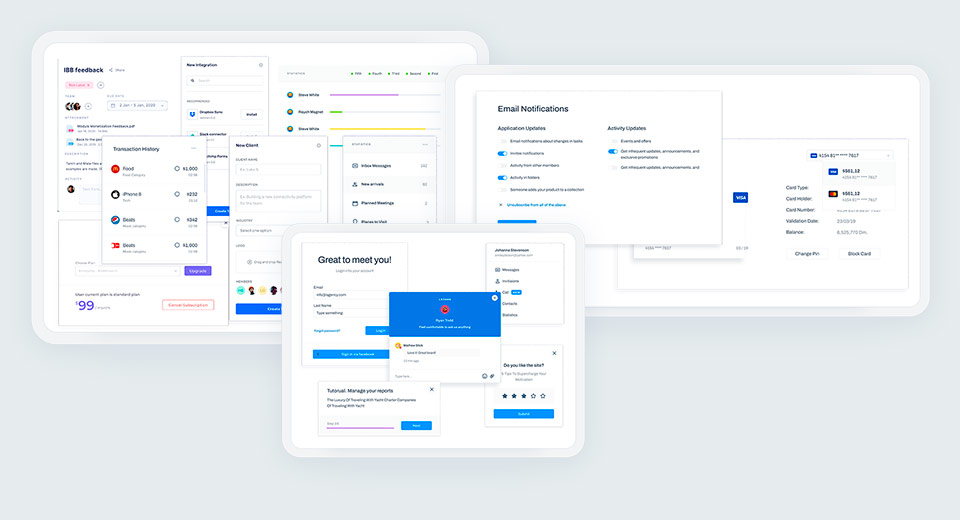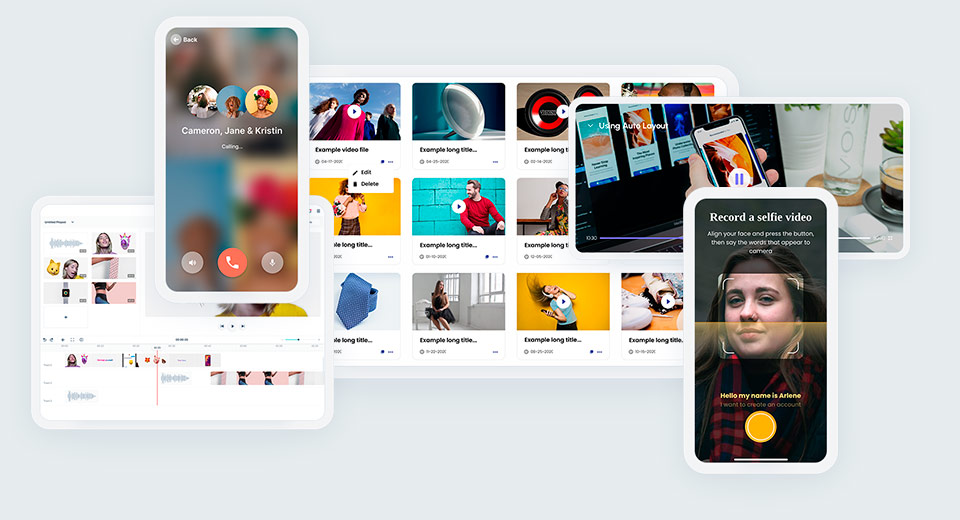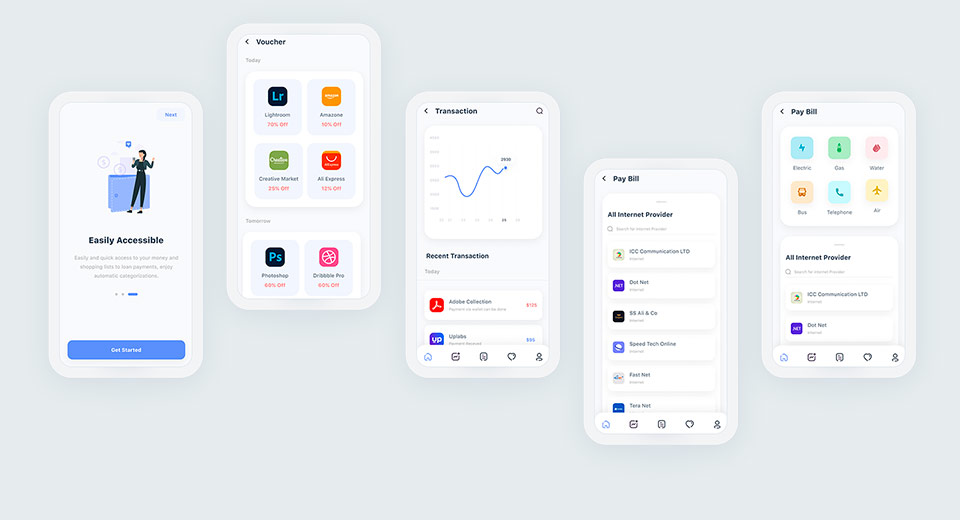Mobile Development Technologies
Developing a mobile application is a complex process that requires a specialized set of skills and experience
Mobile Development Specifics
Mobile development has its own specifics and presents unique challenges and considerations for mobile developers, which must be taken into account throughout the design and development process
By understanding these differences, developers can create high-quality mobile apps that meet the needs and expectations of users
Development
Mobile development often involves different development approaches than other development. Different programming languages and frameworks, and also its own approach to architecture and UX and device specifics
User Experience
Mobile apps must be designed for optimal user experience, taking into account the unique capabilities and limitations of mobile devices. This includes considerations like touch input, screen size, and device orientation
Performance
Mobile apps must be designed for optimal performance, as mobile devices have limited resources compared to desktop computers. This requires careful attention to the app's architecture, data storage, and network usage
Testing
Mobile apps may require different testing approaches than web apps. For example, mobile apps may need to be tested on a wider range of devices to ensure compatibility, while web apps can be tested on a variety of web browsers
Releases
Deploying and releasing mobile apps can be more complex than web apps. Mobile apps must be packaged and submitted to app stores, which have specific requirements and approval processes
Updates
Updating mobile apps may require more user involvement than updating web apps. Mobile users may need to download and install app updates manually
Technologies
Along with the undeniable advantages of cross-platform development, there are also specific differences, some peculiarities and even oddities that must be considered when designing and developing such mobile applications.

Since cross-platform solutions can be more demanding on system resources, it is important to pay due attention to the application architecture, the selection of components and the interaction between them
We at DEVELUP have deep insight and experience organizing the application structure, we know the features of certain components and libraries, and the best ways to integrate them.
With scalable and maintainable architecture, using proper state management, dependency injection, Separation of Concerns and Layered Architecture techniques we create modular, testable, and maintainable apps intended for a long lifetime and advancement potential.
React Native & Flutter
We use React Native and Flutter as powerful and flexible technologies to create high-quality mobile applications that are efficient, reliable, and user-friendly, and that can run on both iOS and Android devices
Compared to native mobile development, which involves developing separate apps for each platform (iOS and Android), cross-platform development can be more effective for a number of reasons
Single
Codebase
Cross-platform development allows developers to use a single codebase for both iOS and Android apps, which can save time and resources compared to developing separate codebases for each platform. This can result in faster development times and lower development costs
Improved Code Reusability
Cross-platform mobile development allows developers to write code once and use it across multiple platforms. This can significantly reduce development time and costs, as well as eliminate the need to write and maintain separate codebases for different platforms
Integration with External Services
Cross-platform mobile development frameworks like React Native and Flutter provide easy integration with backend services like APIs and databases. This can help to simplify the development process and reduce the amount of time and resources required for app development
Large Developer Communities
Cross-platform mobile development frameworks like React Native and Flutter have large and active developer communities, which provide access to a wide range of tools, resources, and expertise. This can be particularly helpful for new developers who are just starting out with cross-platform mobile development
Lower Learning
Curve
With cross-platform development, developers only need to learn a single development framework, rather than having to learn separate frameworks for iOS and Android development.
This can lead to faster development times and lower training costs
Access to Native Features
Cross-platform mobile development frameworks like React Native and Flutter provide access to native features and functionalities on both iOS and Android platforms. This allows developers to create apps with the same look, feel, and performance as native apps, while still using a single codebase
Mobile Apps Built
from the Site Code & PWA
Another fast and cheap way to get a mobile app is to build it from the code of an existing site or web app.
Technologies like Cordova and Ionic provide a cost-effective way to create a mobile app quickly. This approach involves using the existing web code as the basis for the mobile app, and optimizing the code and design to work well on mobile devices.
There are no specific restrictions or difficulties in publishing such apps to the App Store or Google Play. Both platforms support apps built with hybrid mobile app development frameworks, as long as the apps meet the platform's requirements and guidelines.
Progressive Web Apps (PWAs) are a type of web app that can provide a mobile app-like experience, while still being accessible through a web browser.
However, there are some limitations to these frameworks, including performance and usability issues that can arise from using web technologies to create mobile apps.
Additionally, these frameworks may not be suitable for all types of apps, particularly those that require high levels of performance or complex functionality.
Therefore, such a solution should be chosen taking into account these factors only for those projects where it is not critical. We in DEVELUP can analyze, and assist to choose the most optimal approach depending on the specifics of your project.
Using Native Modules
Cross-platform mobile application development has gained a lot of popularity in recent years due to its flexibility and cost and time efficiency. However, there are cases when cross-platform technologies may not be suitable for working with resource-intensive functionality like working with graphics, video, camera, or other complex calculations.
Native modules, written in low-level languages, on the other hand, provide direct access to platform-specific functionality and allow it to be more efficient and faster than cross-platform technologies for tasks that require more computational resources.
There are ways to use pre-build or linked native modules to gain the highest performance for the special features together with common functionality written with standard cross-platform techniques.

This combination of native and cross-platform approaches allows you to create fast and complex applications without inflating the time and cost of the project
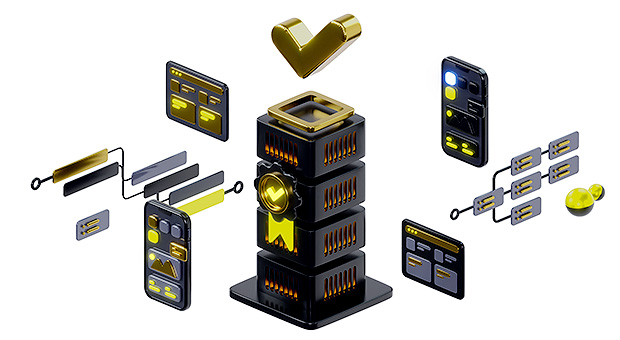
Optimization and Performance
Optimizing mobile applications is essential for ensuring that they run smoothly and efficiently, and that users can easily navigate through the app's features and functionality without experiencing lag or other issues.
At DEVELUP, we have extensive experience and deep insights, as well as own methodology and know-how on how to optimize and speed up mobile applications. Automatic and manual control over component rendering, memoization, code splitting, using native modules as long as a common content optimization techniques and other more enables us to optimize and speed up mobile applications, improving performance, user engagement, and overall customer satisfaction.
By optimizing mobile apps, businesses can improve user engagement, increase customer satisfaction, and ultimately drive more revenue through increased app usage and loyalty.
 Mobile Technologies
Mobile TechnologiesOur flexibility and adaptability enable us to tackle even the most challenging projects, and we always work closely with our clients to ensure that the final product is tailored to their specific requirements
We work iteratively, which allows us to get feedback from users of your project in the shortest possible time, ensuring the final product is of the highest quality



